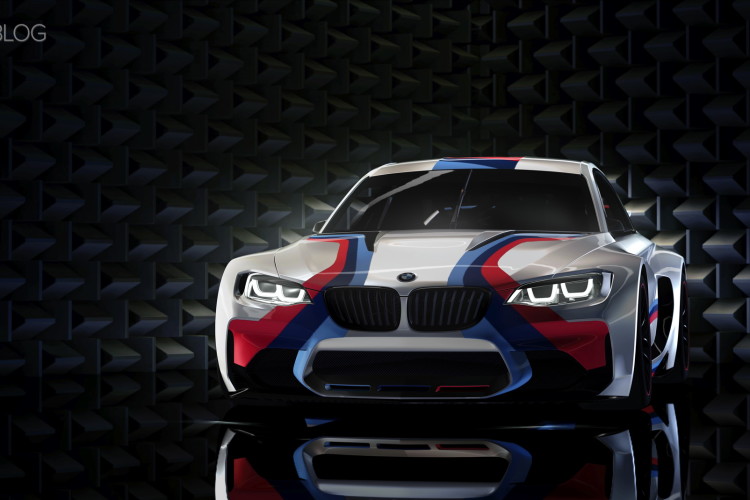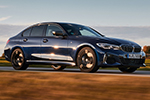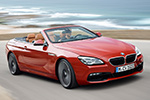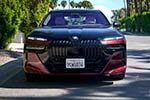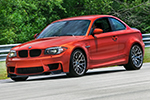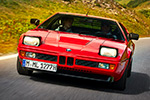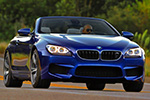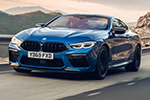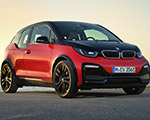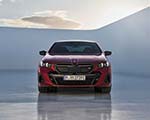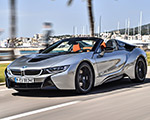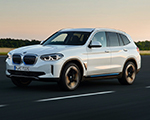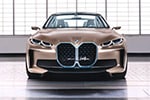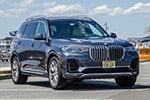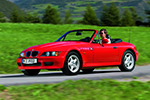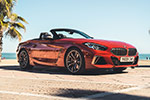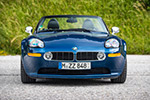With no next-gen X4 immediately on the horizon (save maybe an EV model), BMW has already tacitly acknowledged that the Sports Activity Coupe (SAC) segment is shrinking. But back in 2004, the idea of a swoopy, curvaceous SUV was still something pretty novel. And before the X6’s debut in 2007, BMW had a concept vehicle built to showcase the idea: the BMW ICE.
The BMW ICE Concept Set the Stage for the X4, X6, and Later X2
The “multi-use vehicle,” as BMW dubs it, is a Munich-built prototype featuring only two doors and built on the all-wheel drive powertrain of the then to-be released BMW X5. Importantly, however, the design was actually handled by BMW Designworks in California. It blended the aforementioned genesis of the BMW SUV lineup with the interior lifted from a BMW Z4 roadster. The result was, as BMW put it, “perfect for handling the ins and out of the breezy California lifestyle of the early 2000s.” Despite the concept’s apparently very laissez-faire attitude, the ICE’s name itself stood for Integrated Concept Engineering. Which falls just short of conjuring images of California beaches and easy living.
Another area where the Integrated Concept Engineering may be considered to “fall short” is interior space. As mentioned, the ICE touted the interior of a Z4. The Z4 isn’t exactly the most spacious inside, and the ICE therefore throws in a tiny backseat for a true 2+2 configuration. That’s considerably smaller than the X4, X6, or even the BMW X2 we know today. All of those are true four-doors. The ICE’s proportions weren’t the only thing shrunk down relative to the X6, either. The ICE has less ground clearance than an X3, and is also shorter in length. In many ways, the ICE was a true pre-production X4.
The BMW ICE Blended Old and New
While the Integrated Concept Engineering has a clearly unique silhouette, you don’t have to look too hard to spot bits that were either borrowed from other contemporary vehicles or were later featured on production models. The headlights are very LCI E60 5 Series, featuring an “eyebrow” strip, and the tail lights are similar to what ended up on the first-gen BMW X6. That said: there’s plenty of uniqueness happening here. For example, the side mirrors have spotlights built into the housing, and the tailgate is a split design that works more like a hatchback. You can raise the glass independently from the fold-out tailgate if desired. Definitely features BMW missed on the production X6.
[Photo Credit: Gudrun Muschalla for BMW AG]




















